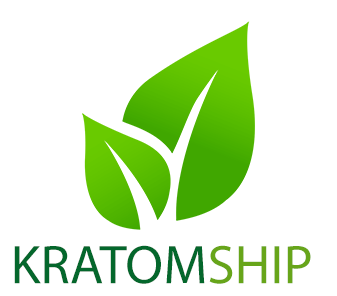Mitragynine is a naturally occurring alkaloid found in the leaves of the Mitragyna speciosa tree, commonly known as kratom. Kratom is a tropical evergreen tree native to Southeast Asia, particularly in countries like Thailand, Malaysia, and Indonesia. Mitragynine is considered the primary active compound responsible for the effects of kratom.
Chemical Properties
Chemically, mitragynine belongs to the class of indole alkaloids and has a molecular formula of C23H30N2O4. It has a molecular weight of 398.5 grams per mole. The compound contains several functional groups, including an indole ring, an ester group, and a methyl group attached to the nitrogen atom.
Pharmacological Properties
Pharmacologically, mitragynine interacts primarily with opioid receptors in the brain. It acts as a partial agonist at the mu-opioid receptors, which are involved in pain modulation, mood regulation, and reward mechanisms. The affinity of mitragynine for these receptors is lower than that of traditional opioids, such as morphine or oxycodone.
The effects of mitragynine are dose-dependent. At lower doses, it tends to produce stimulant-like effects, including increased energy, focus, sociability, and alertness. Users often describe these effects as similar to coffee or other mild stimulants. At higher doses, mitragynine exhibits more opioid-like effects, such as analgesia, sedation, relaxation, and euphoria.
In addition to its interaction with opioid receptors, mitragynine also affects other neurotransmitter systems in the brain. It acts as an antagonist at the delta-opioid and kappa-opioid receptors and as an agonist at the alpha-2 adrenergic receptors. These interactions contribute to the complex pharmacological profile of mitragynine.
Metabolism and Elimination
The metabolism of mitragynine occurs primarily in the liver, where it undergoes phase I and phase II reactions. The major metabolites of mitragynine include 7-hydroxymitragynine, which is considered a more potent opioid agonist than mitragynine, and mitragynine pseudoindoxyl. The elimination half-life of mitragynine in humans is approximately 3.85 hours.
Potential Dependence, Abuse, and Adverse Effects
It’s worth noting that while mitragynine has been used traditionally in Southeast Asia for its medicinal and recreational properties, it has also raised concerns due to its potential for dependence, abuse, and adverse effects. Regular and high-dose use of mitragynine and kratom can lead to tolerance, physical dependence, and withdrawal symptoms upon cessation.
Adverse effects associated with mitragynine use may include nausea, constipation, dizziness, sweating, respiratory depression, and liver toxicity. These effects can vary depending on the dosage, individual sensitivity, and interactions with other substances. It’s important to approach mitragynine use with caution and be aware of the potential risks involved.
Regulatory Considerations
Regulatory authorities in several countries have imposed restrictions on mitragynine and kratom due to safety concerns and potential public health risks. Some countries have classified kratom as a controlled substance, while others have implemented regulations to control its distribution and use.
It’s crucial to consult healthcare professionals and adhere to local regulations and guidelines regarding the use of mitragynine-containing products. They can provide guidance on proper dosing, potential interactions with medications, and help assess the individual’s overall health status before using mitragynine or kratom products.
Conclusion
In conclusion, mitragynine is a naturally occurring alkaloid found in kratom, a plant native to Southeast Asia. It interacts primarily with opioid receptors in the brain, producing dose-dependent stimulant-like or opioid-like effects. Mitragynine also affects other neurotransmitter systems and undergoes metabolism in the liver. However, it is important to note the potential for dependence, abuse, and adverse effects associated with mitragynine use.
Compliance with regulatory restrictions and professional guidance is essential when considering the use of mitragynine-containing products. Mitragynine and kratom should be approached with caution, and individuals should be aware of the potential risks and consult healthcare professionals for personalized advice.
It’s crucial to stay informed about the evolving research and regulatory landscape surrounding mitragynine and kratom to make well-informed decisions regarding their use.
No related posts.


